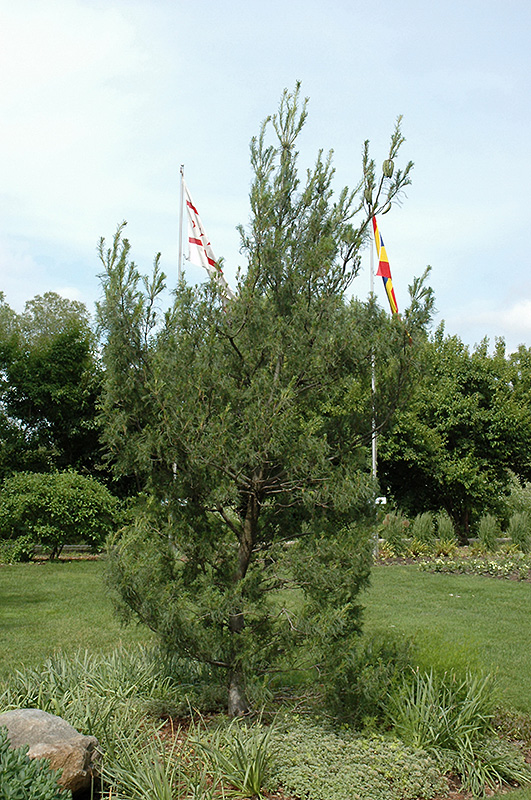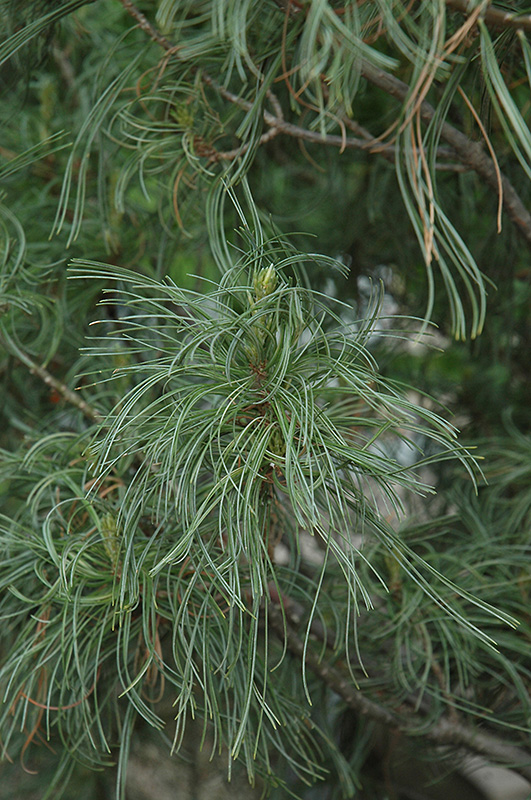Twisted White Pine
Pinus strobus 'Contorta'
Height: 40 feet
Spread: 30 feet
Sunlight:
![]()
Hardiness Zone: 3b
Other Names: Eastern White Pine
Description:
A relative novelty, this variant of the species features contorted branches and needles, rather unusual on close inspection, and lending a finer overall texture, otherwise similar to the species but a little smaller; maybe best as a conversation piece
Ornamental Features
Twisted White Pine is primarily valued in the landscape for its ornamental globe-shaped form. It has rich green evergreen foliage. The needles remain green throughout the winter.
Landscape Attributes
Twisted White Pine is an evergreen tree with a strong central leader and a more or less rounded form. It lends an extremely fine and delicate texture to the landscape composition which can make it a great accent feature on this basis alone.
This tree will require occasional maintenance and upkeep. When pruning is necessary, it is recommended to only trim back the new growth of the current season, other than to remove any dieback. Gardeners should be aware of the following characteristic(s) that may warrant special consideration;
- Insects
- Disease
Twisted White Pine is recommended for the following landscape applications;
- Accent
- Shade
Planting & Growing
Twisted White Pine will grow to be about 40 feet tall at maturity, with a spread of 30 feet. It has a low canopy with a typical clearance of 4 feet from the ground, and should not be planted underneath power lines. It grows at a medium rate, and under ideal conditions can be expected to live to a ripe old age of 100 years or more; think of this as a heritage tree for future generations!
This tree should only be grown in full sunlight. It is very adaptable to both dry and moist growing conditions, but will not tolerate any standing water. It is not particular as to soil type, but has a definite preference for acidic soils, and is subject to chlorosis (yellowing) of the foliage in alkaline soils. It is quite intolerant of urban pollution, therefore inner city or urban streetside plantings are best avoided, and will benefit from being planted in a relatively sheltered location. This is a selection of a native North American species.



